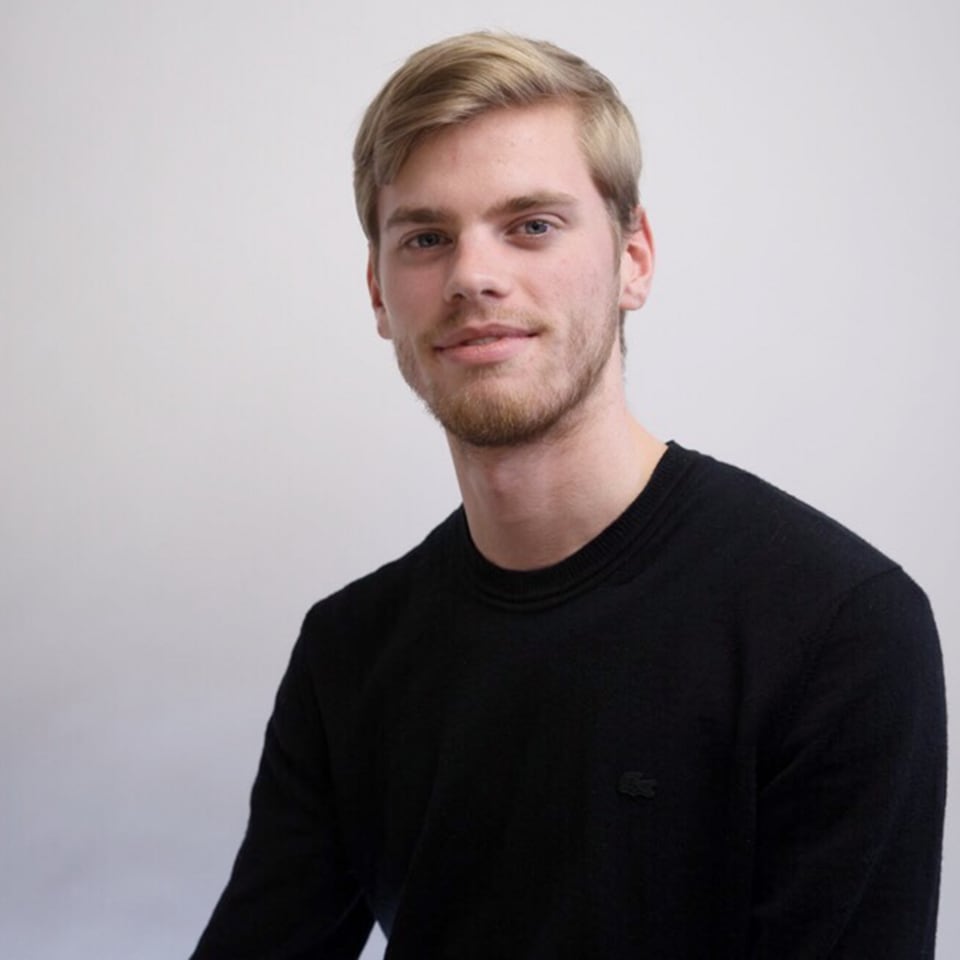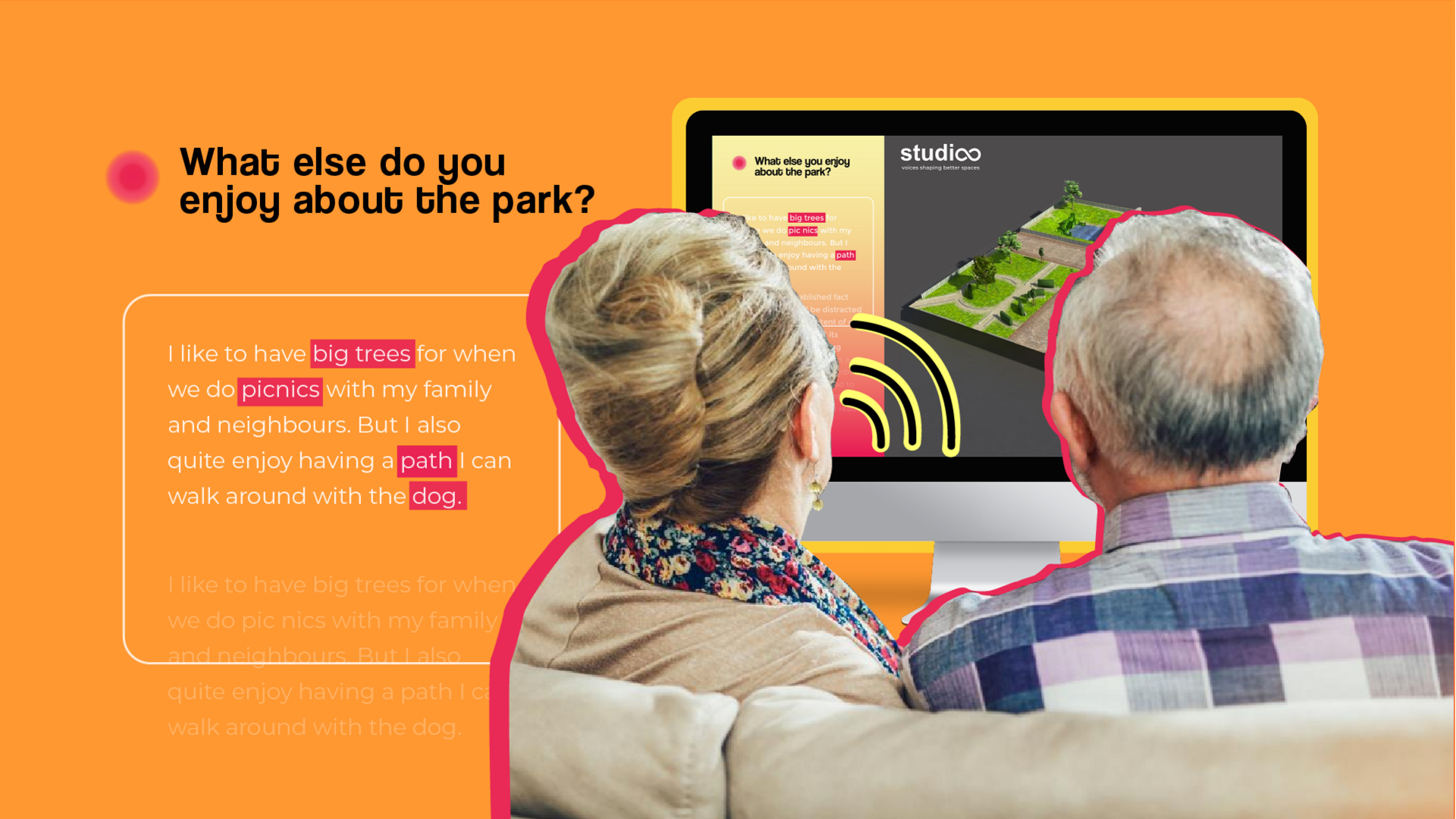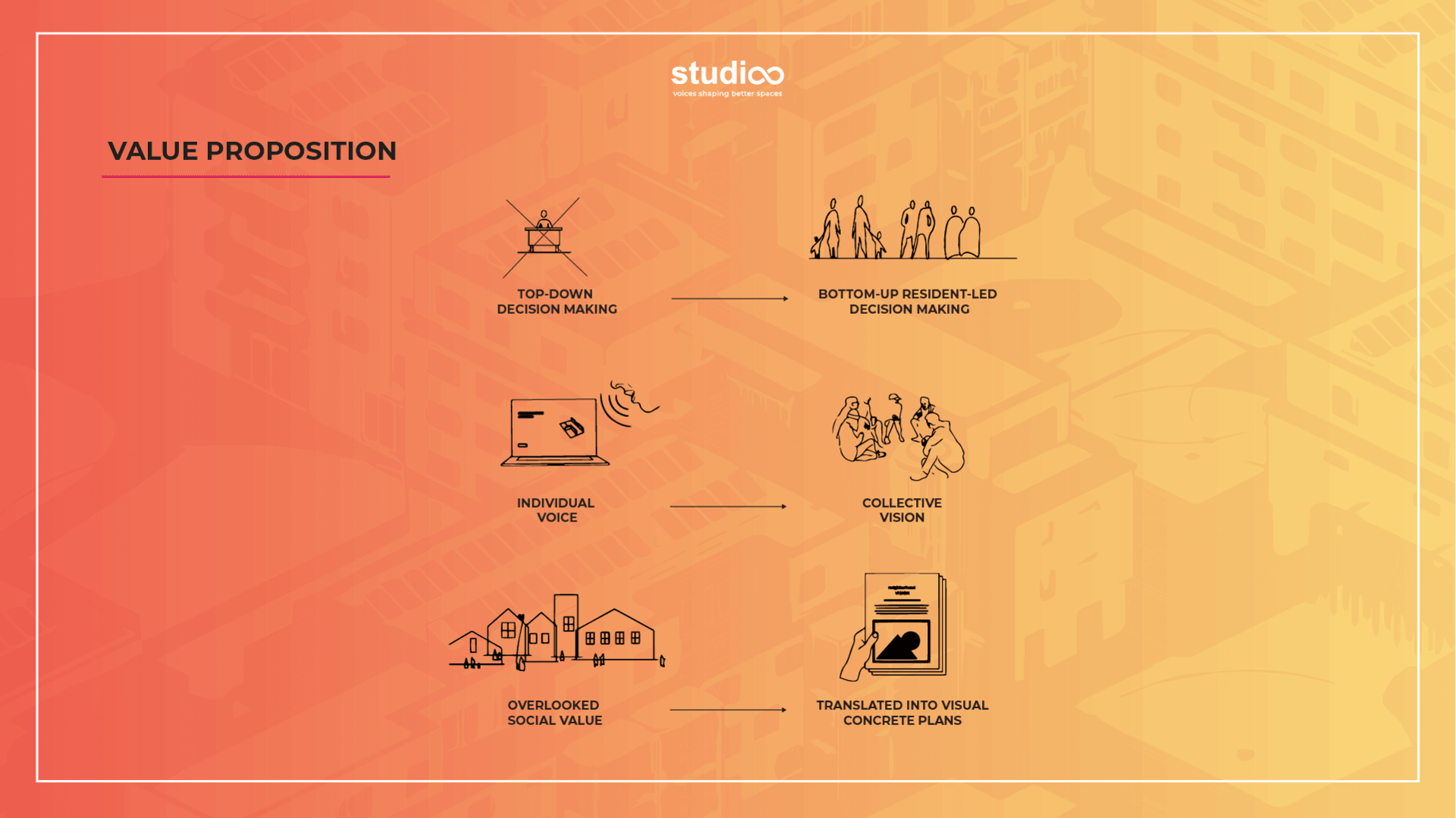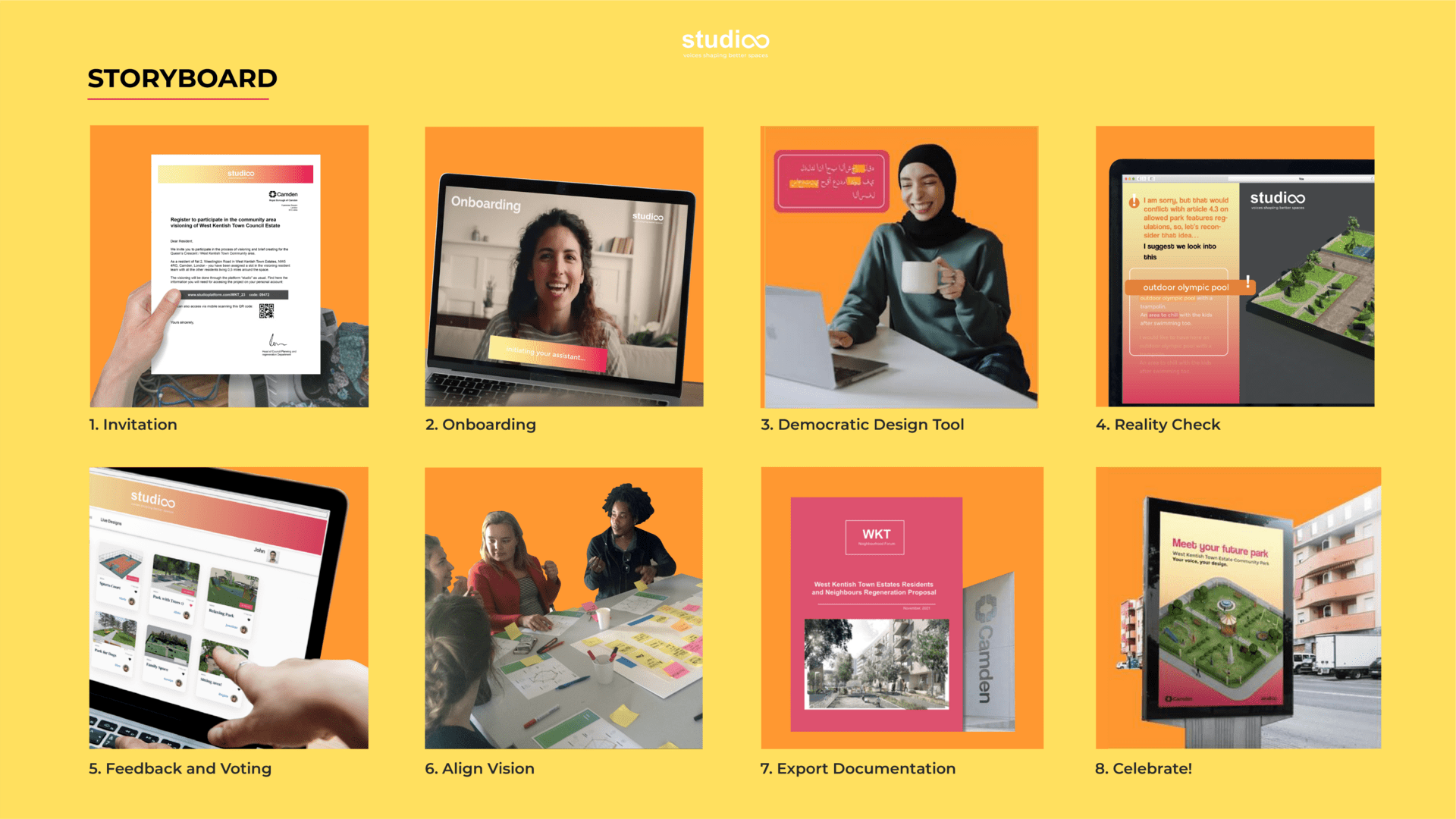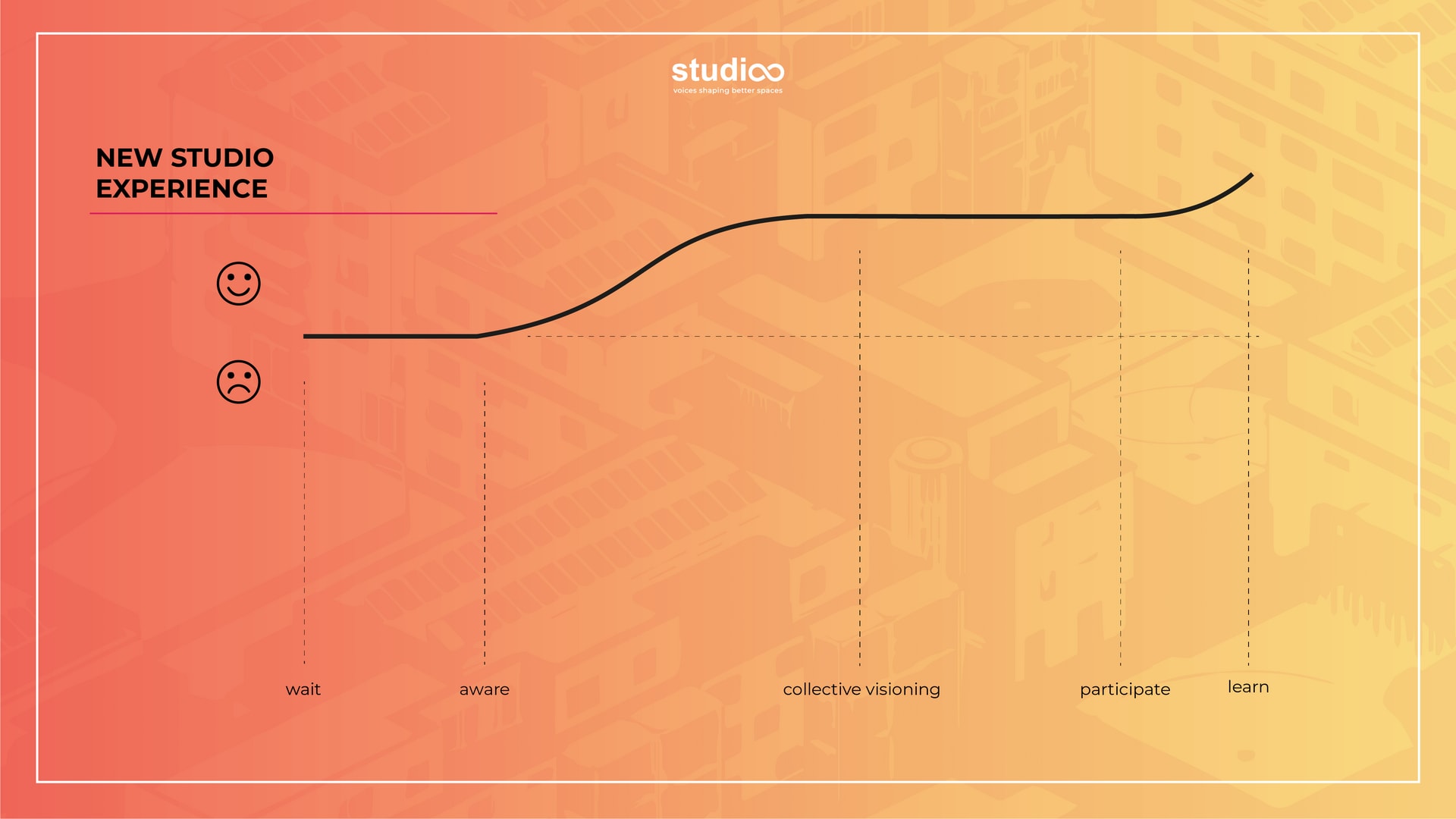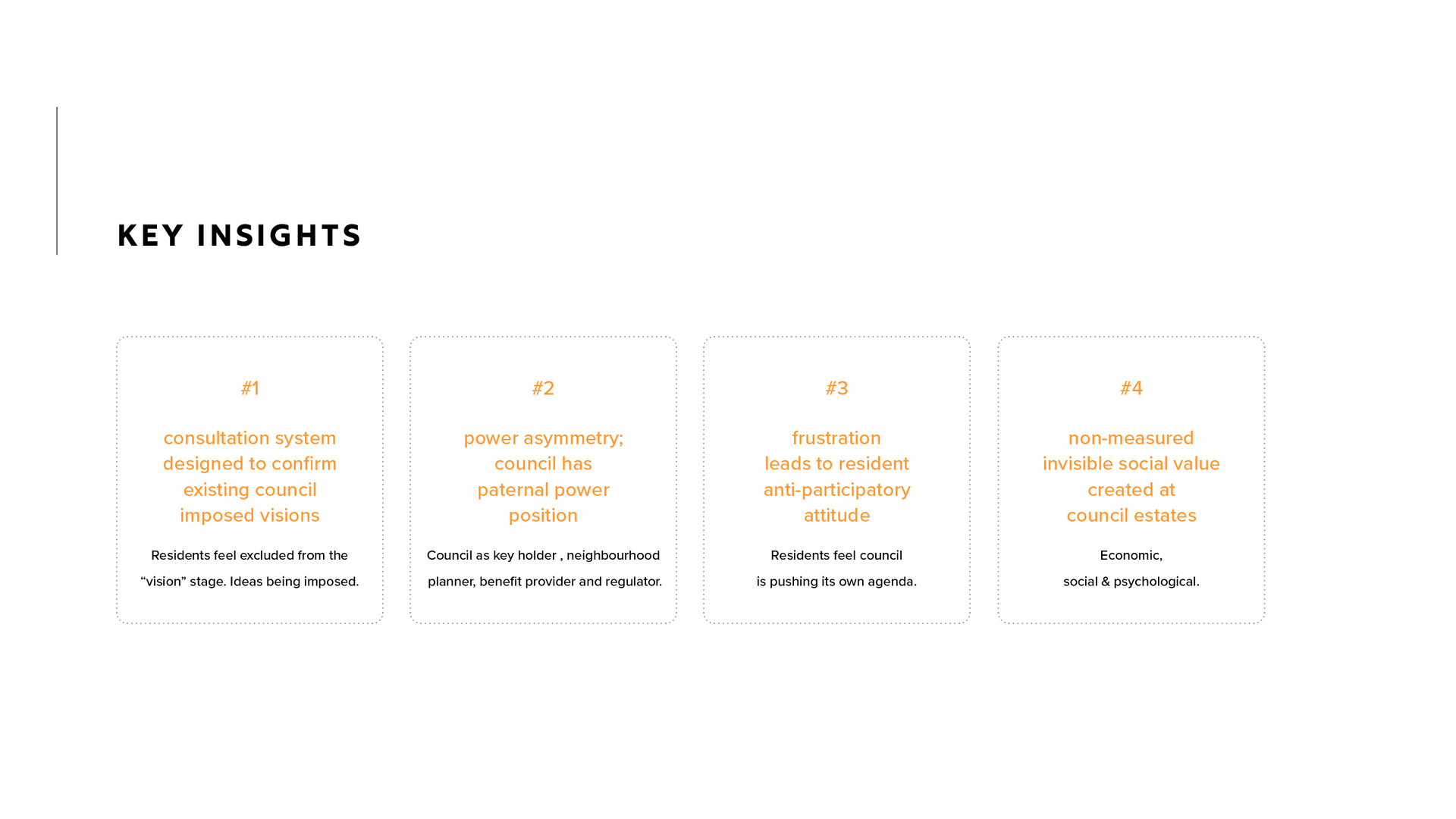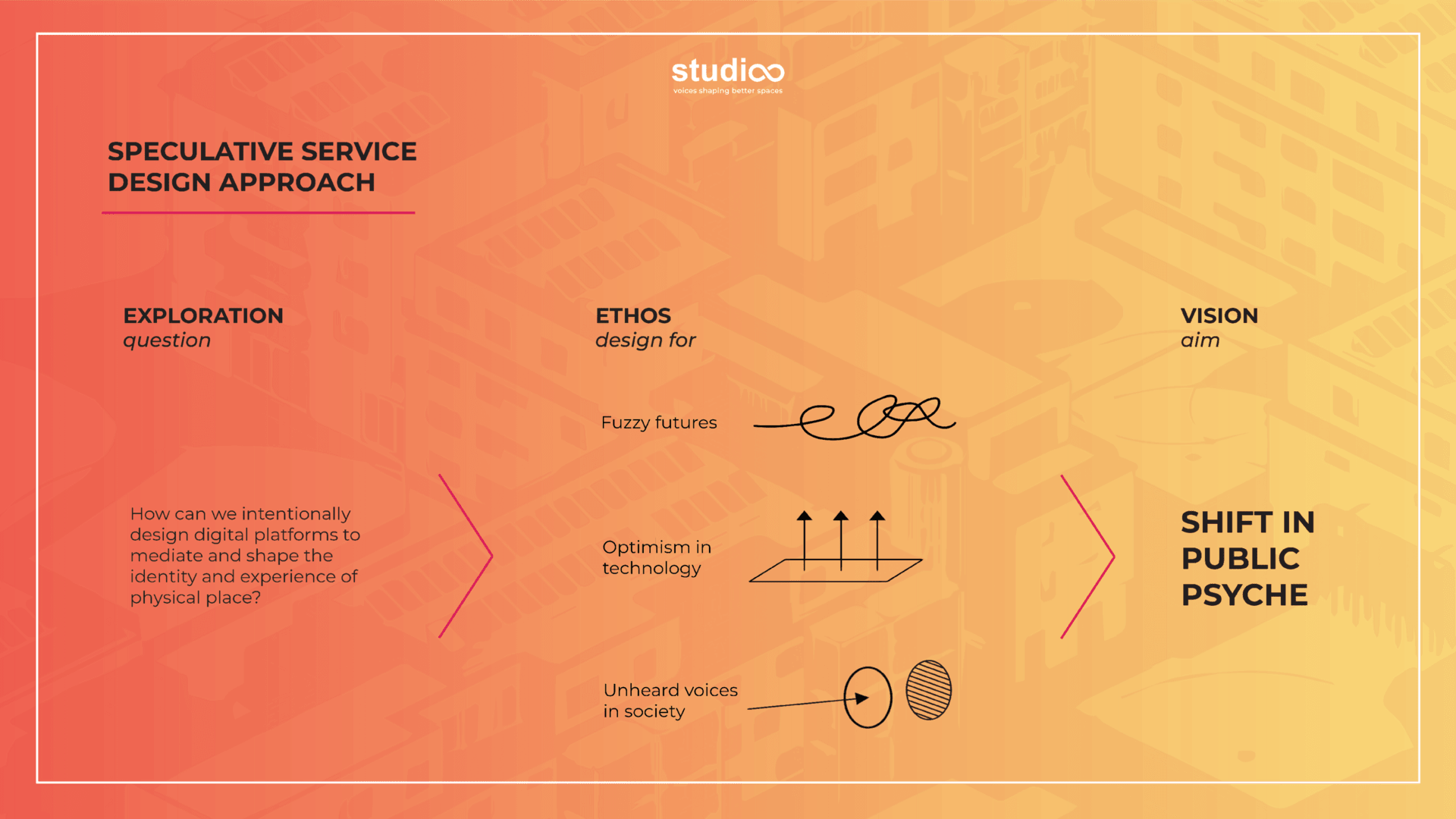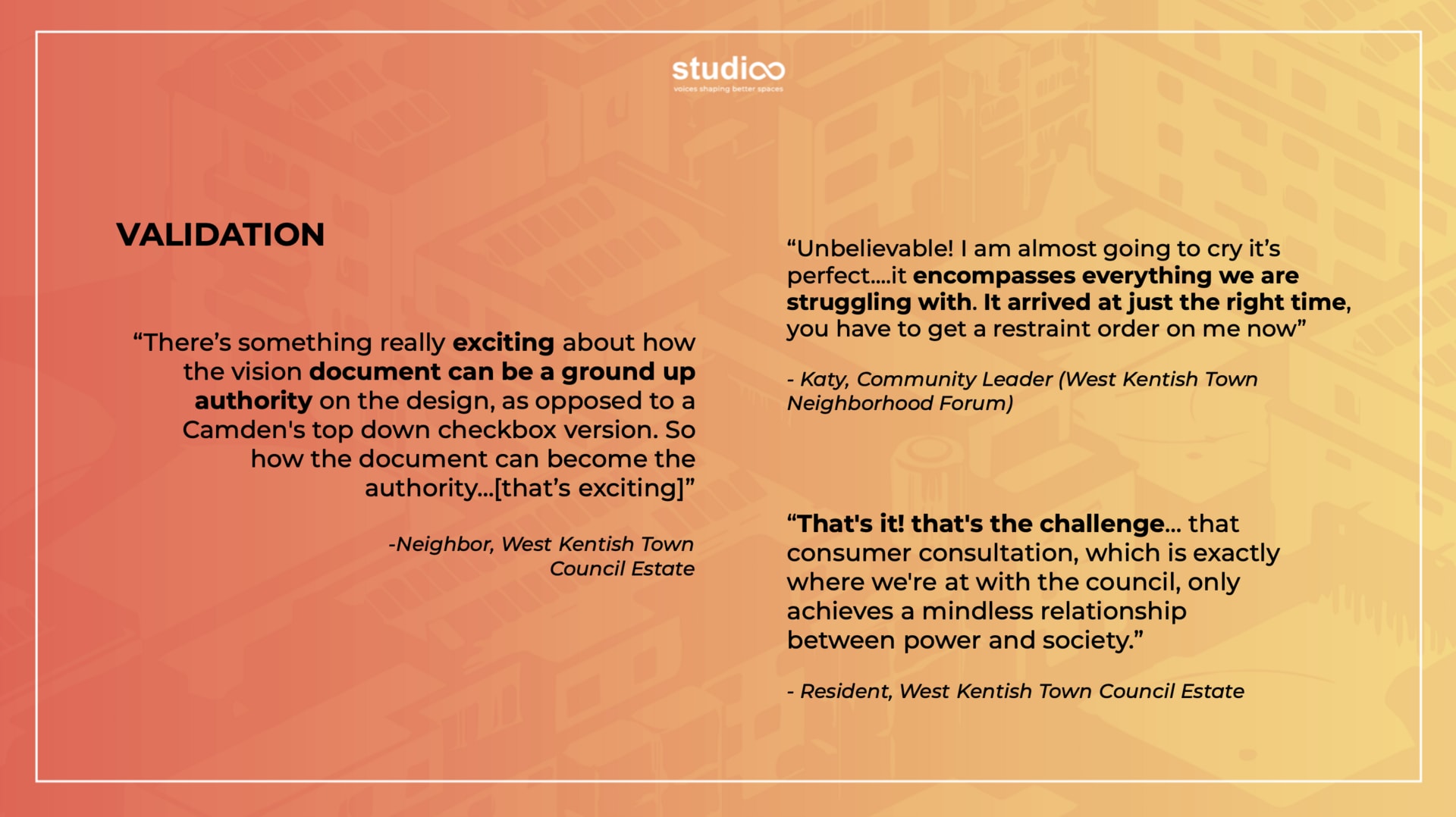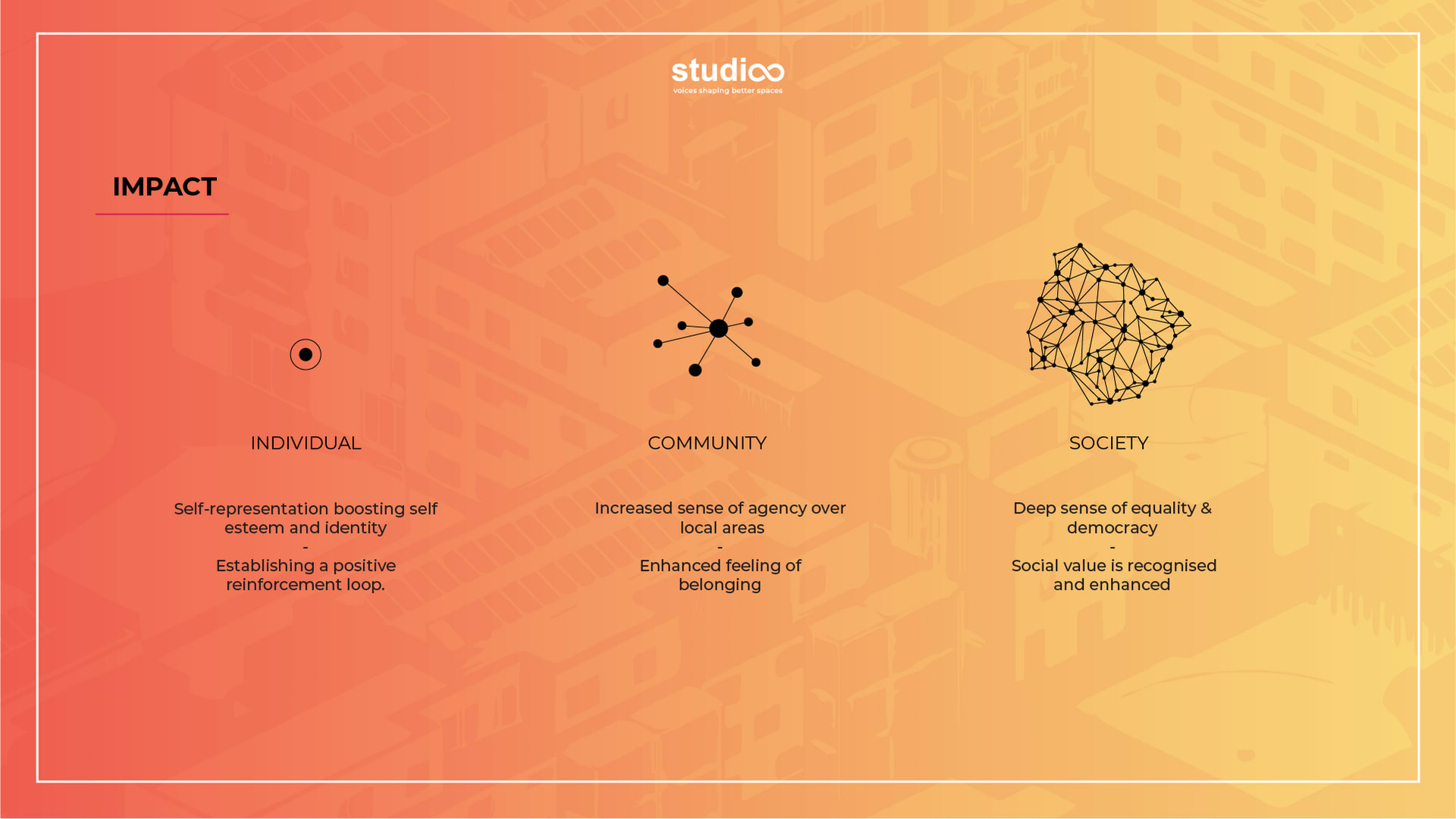Kristof is a strategic designer with the ambition to make lasting positive change in the world. He graduated in Design Engineering (MEng) from Imperial College London; part of the first cohort of its kind globally. This unique background provided him a platform to establish a distinctive identity; being a jack-of-all-trades between the fields of engineering, technology, design and innovation. He has practiced design in Silicon Valley, London and in Amsterdam; spanning startups (in ed-tech), open-innovation for cities (AMS Institute & CTO of Amsterdam's office) and architecture (UNStudio & UNSense). Having been exposed to the Royal College of Art’s ethos, he is equipped with the necessary design and storytelling skills to significantly drive design for social innovation, resilience and solve systemic challenges anywhere in the world. Interested in designing at scale, creative processes and big ideas.
He is a founding partner of RCA’s Design & Philosophy Society, and during his time at RCA he collaborated on entrepreneurial projects, exploratory visions and social impact ventures with the Helen Hamlyn Centre for Design, Wellcome Trust, CERN, Logitech, London Business School MBA programme, London Borough of Camden, and Aalto University Campus & Real Estate Board (ACRE).

